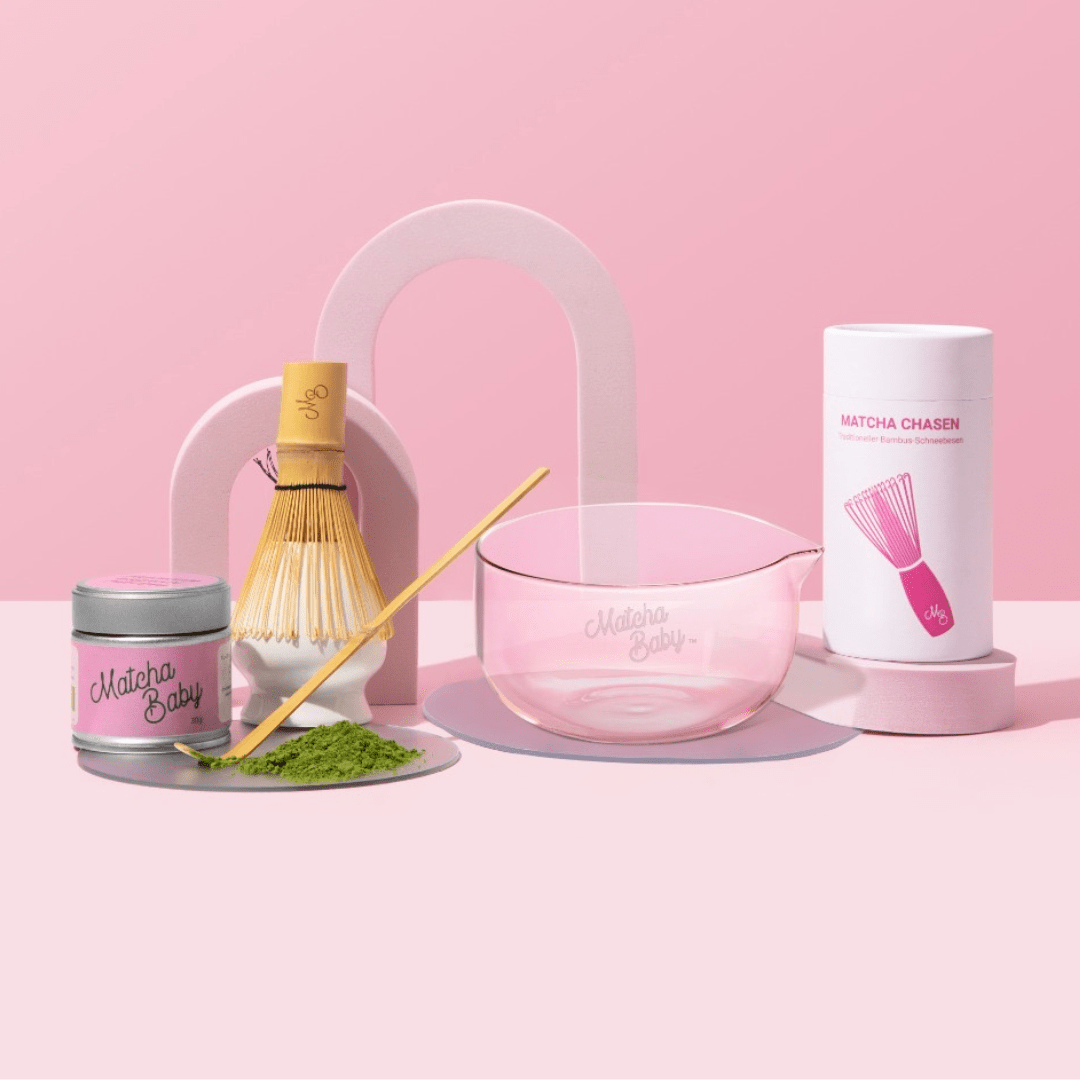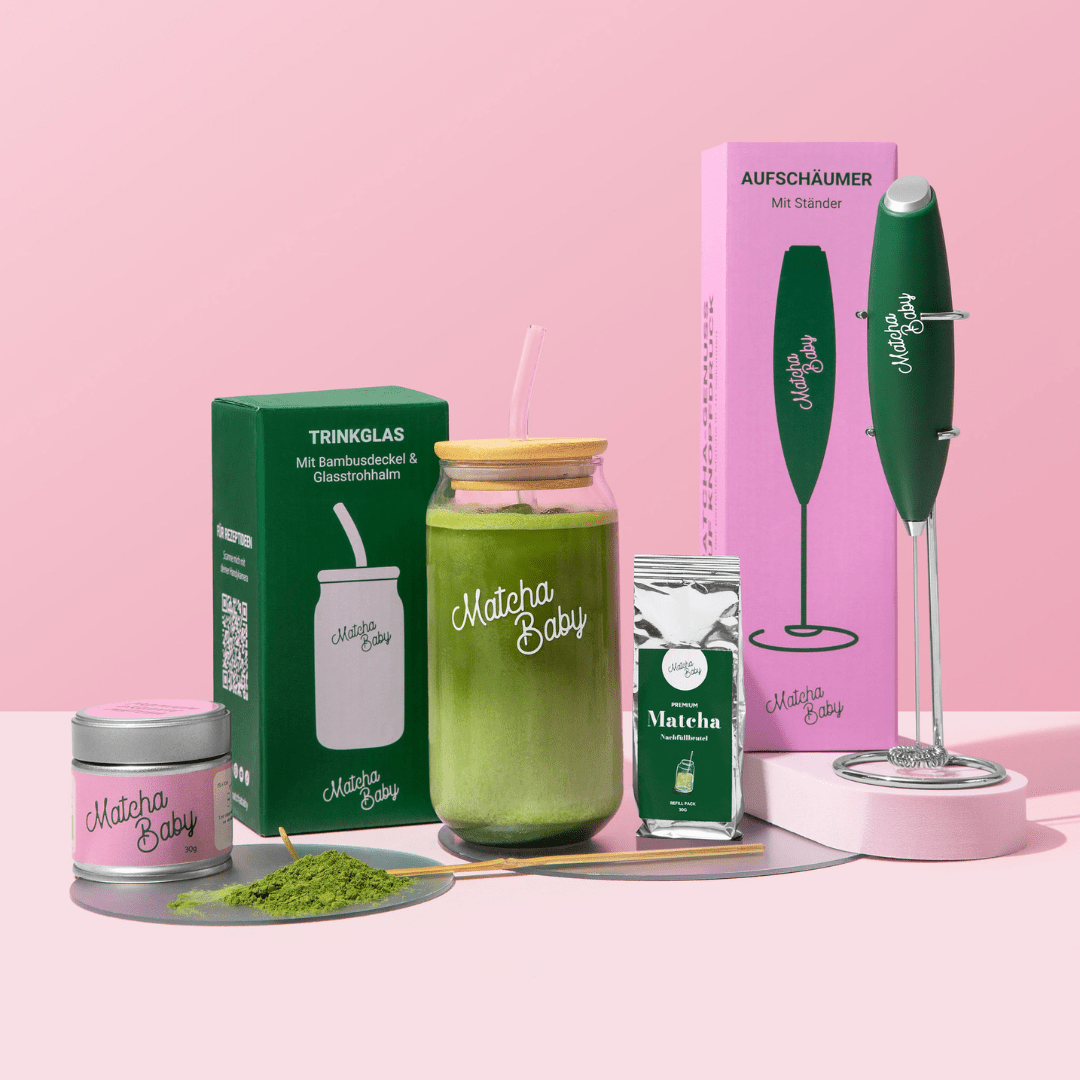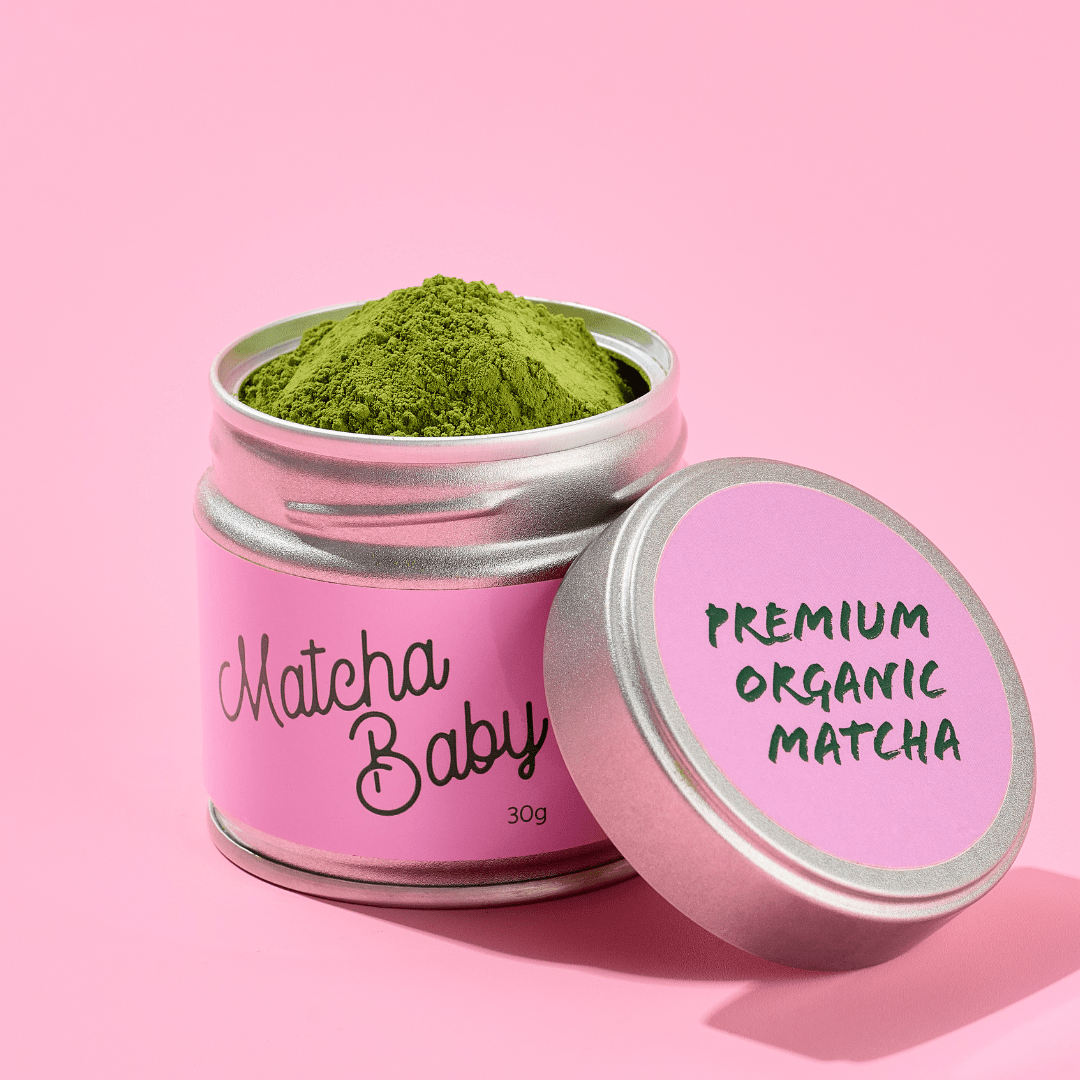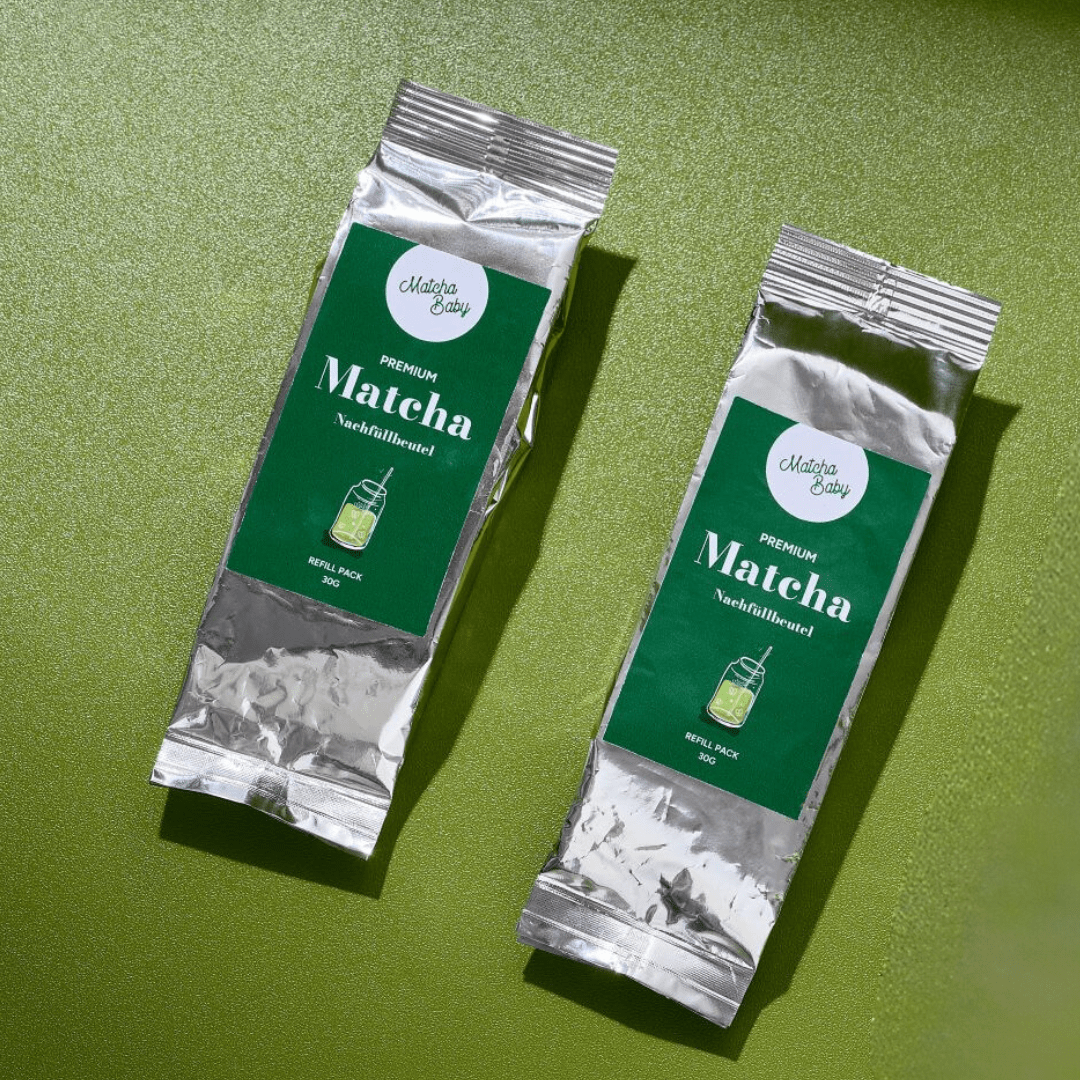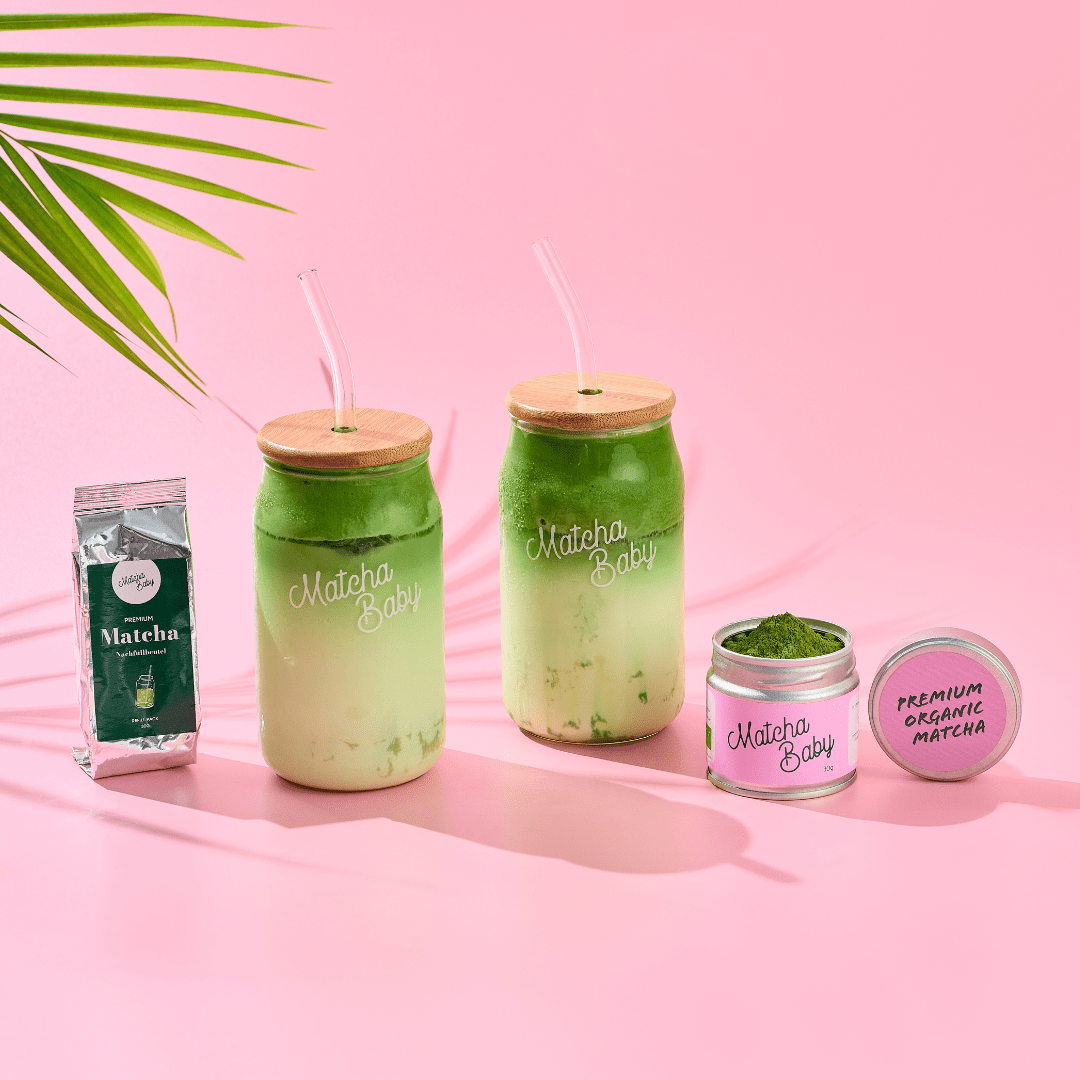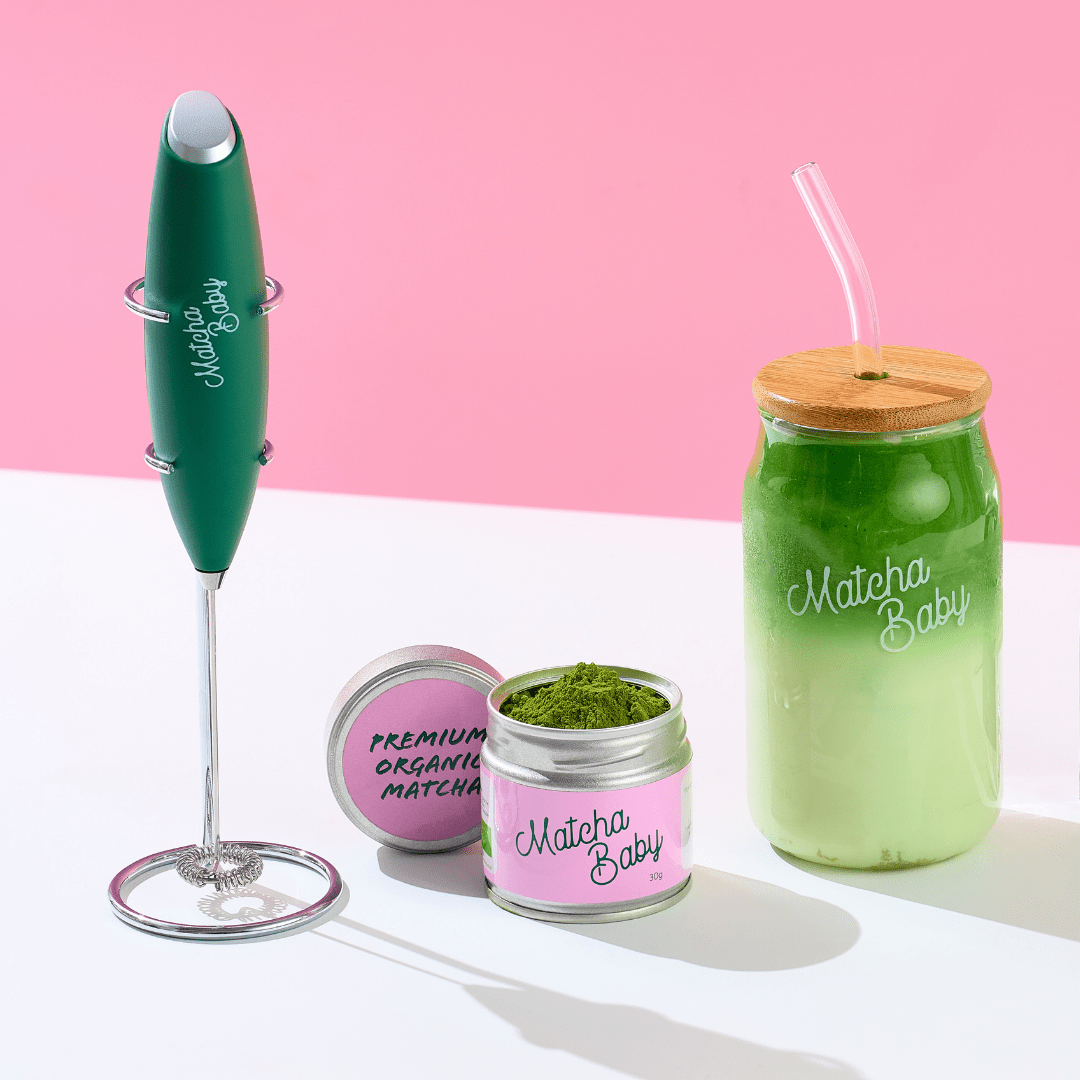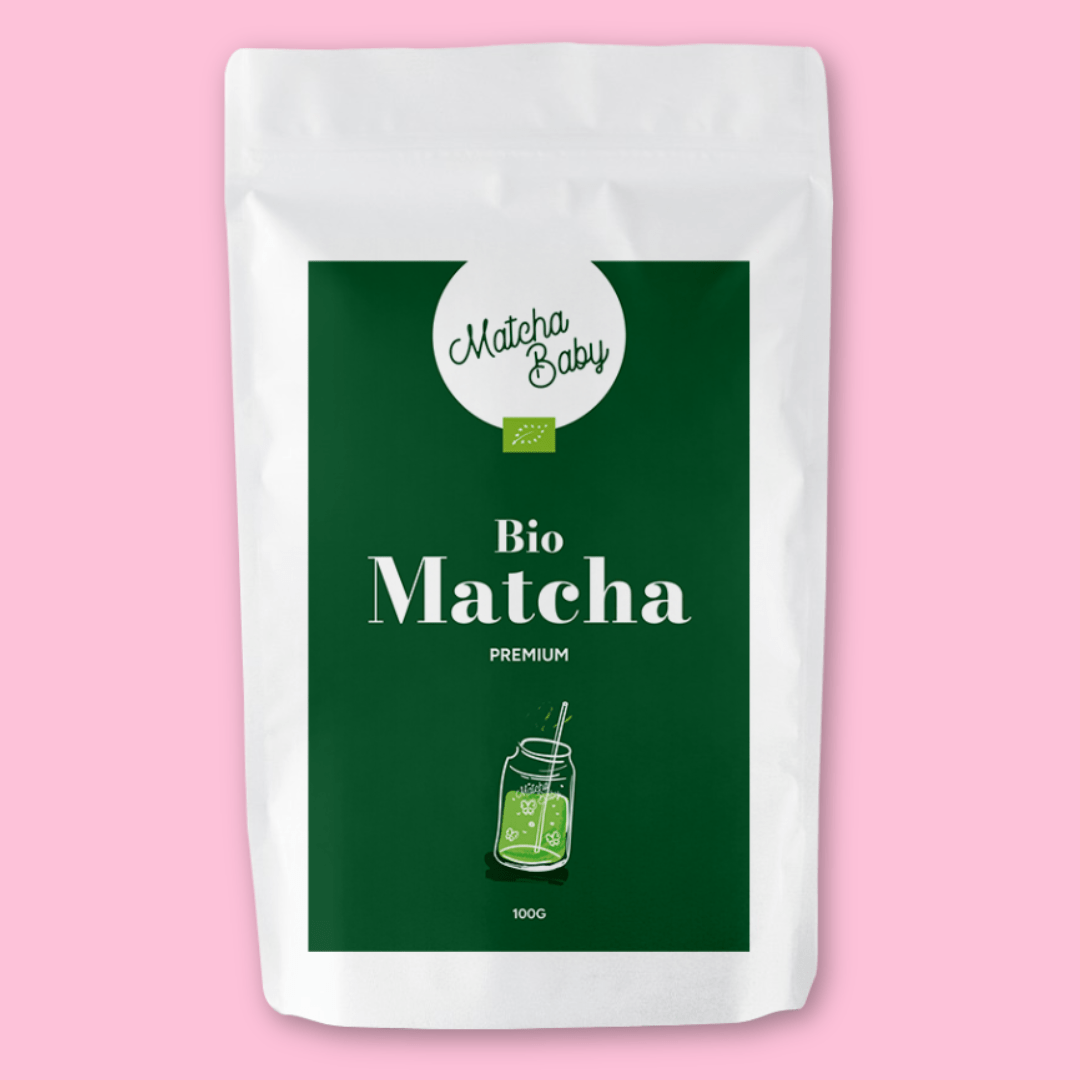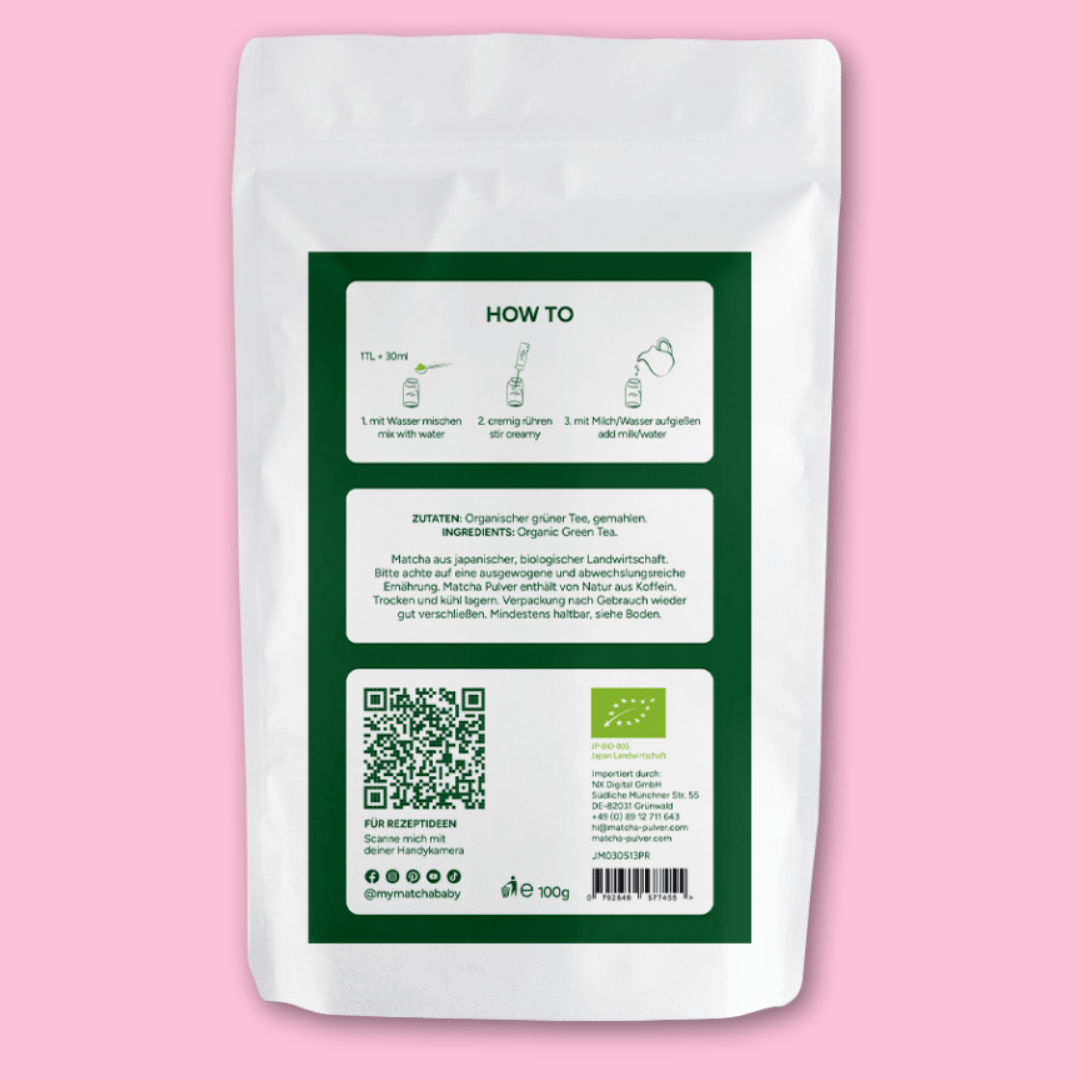The production of our matcha in Kagoshima, a prefecture in southern Japan, follows a careful and traditional process that utilizes the unique characteristics of this region to produce high-quality matcha. Here are the key steps involved in matcha production in Kagoshima:
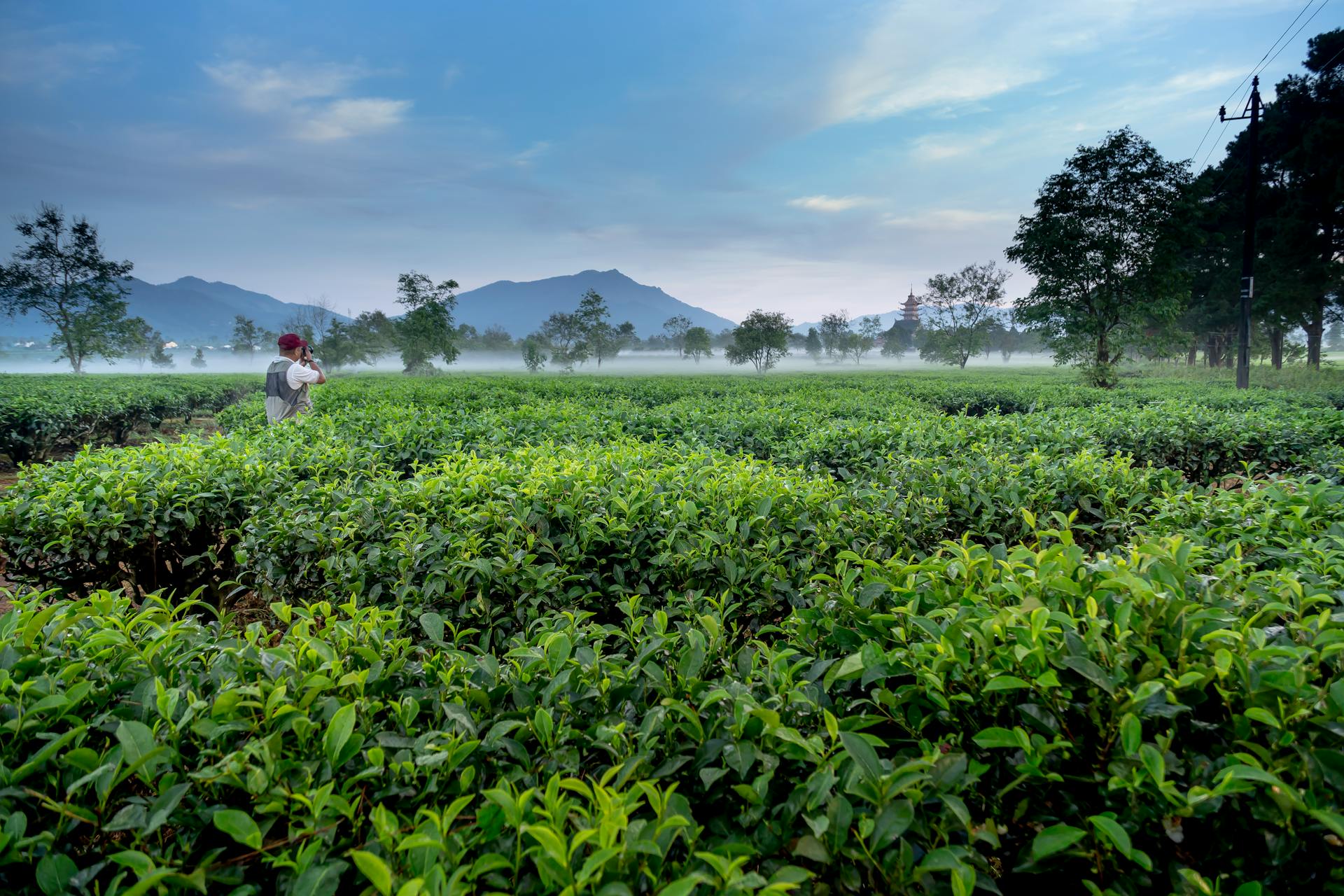
Shading the tea leaves
Approximately 20 to 30 days before harvest, the tea bushes are shaded to protect them from direct sunlight. This is usually done with special coverings made of straw or black nets. The shading increases chlorophyll production in the leaves, which later gives the matcha its characteristic bright green color and increases the amino acid content, resulting in a sweeter and fuller flavor.
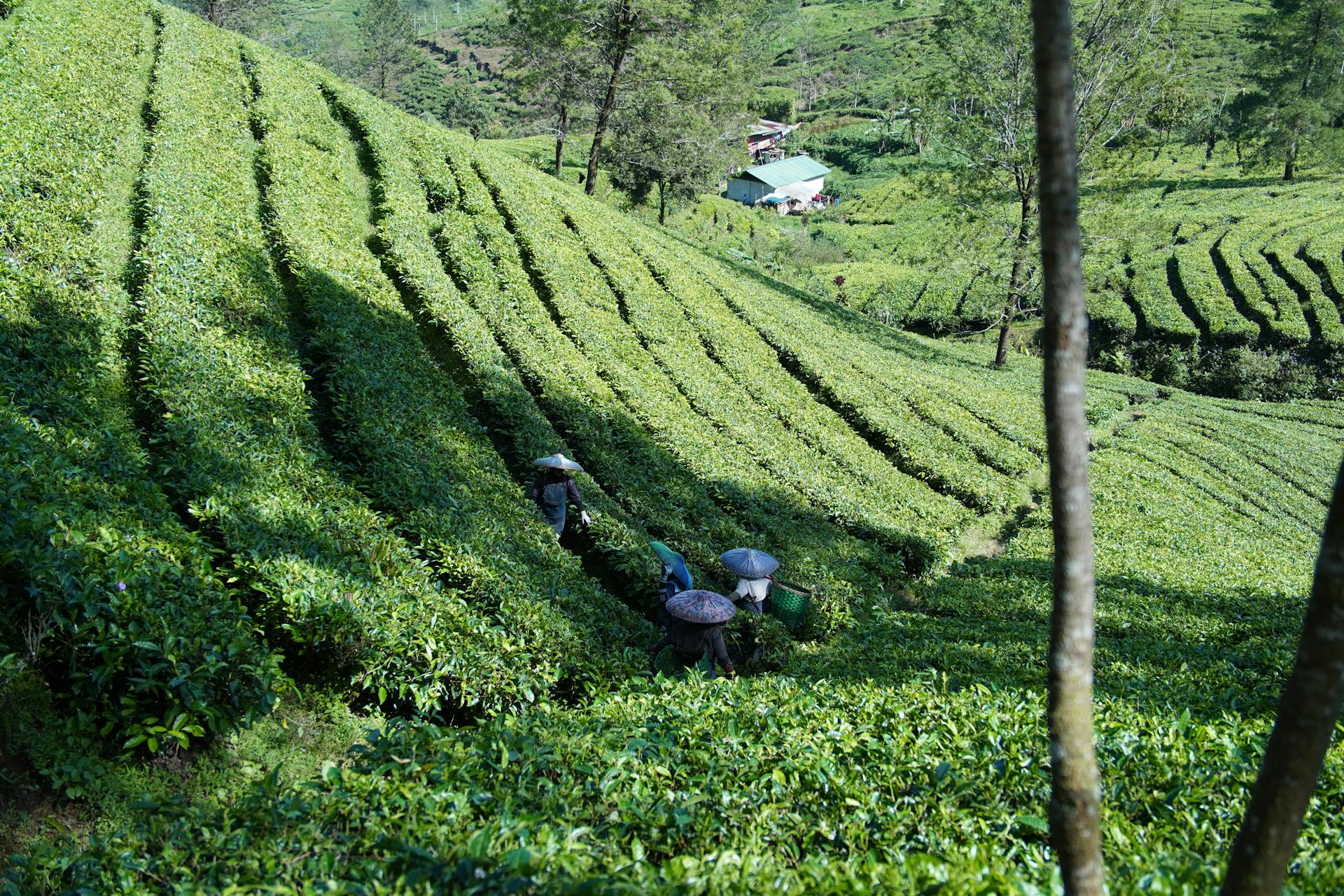
Matcha harvest
Harvesting in Kagoshima is primarily done by hand to ensure only the youngest and highest-quality tea leaves are picked. These young leaves, also called tencha, are the basis for high-quality matcha. In some modern operations, mechanical harvesting may also be used, using machines that gently trim the tips of the tea plants.
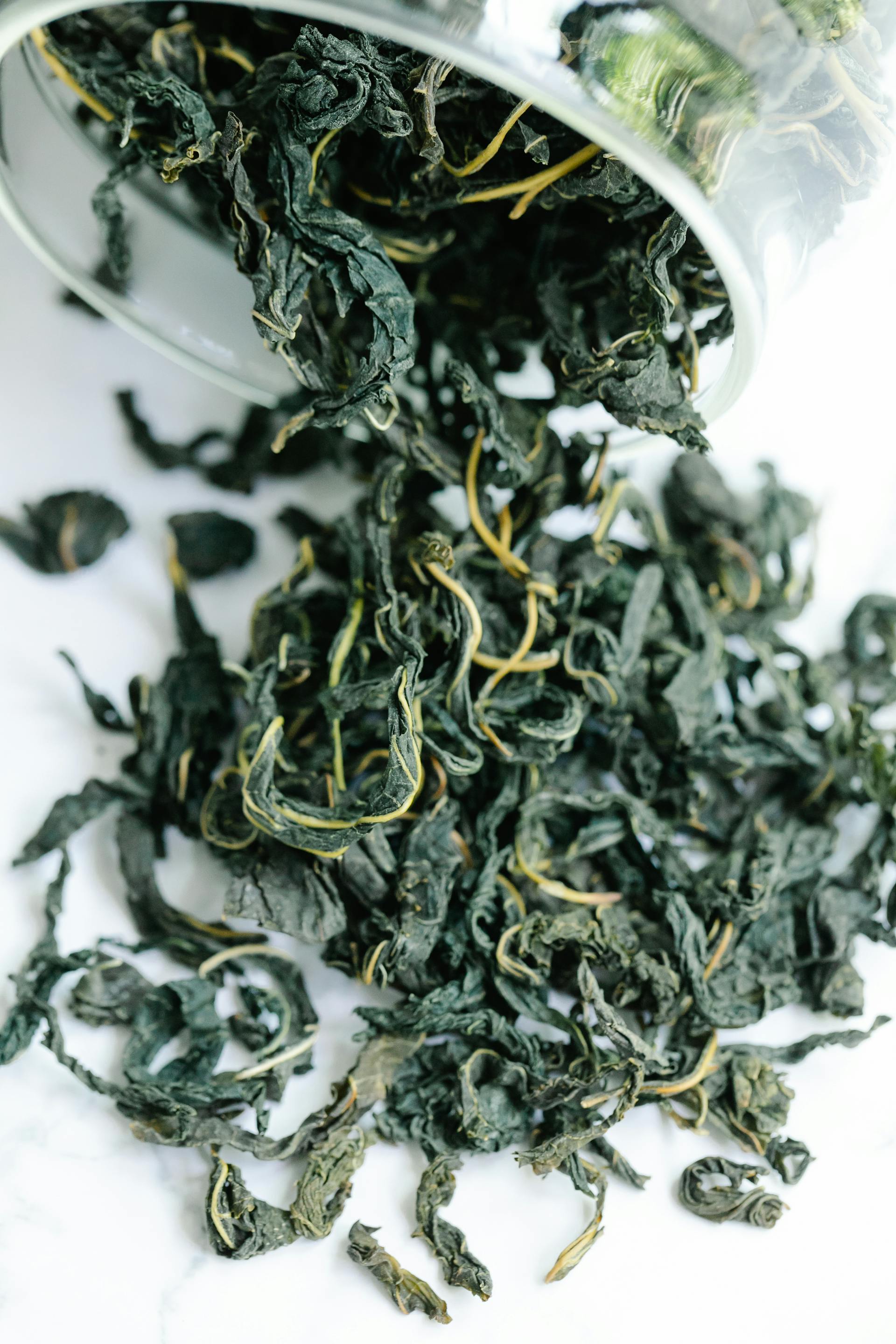
Steaming and drying
Immediately after harvesting, the leaves are steamed. Steaming, which only lasts about 15-20 seconds, stops the oxidation process and preserves the green color and nutrients in the leaves. The leaves are then dried. The traditional method uses a special room where the leaves are spread out on bamboo mats and dried by warm air blown through the room.
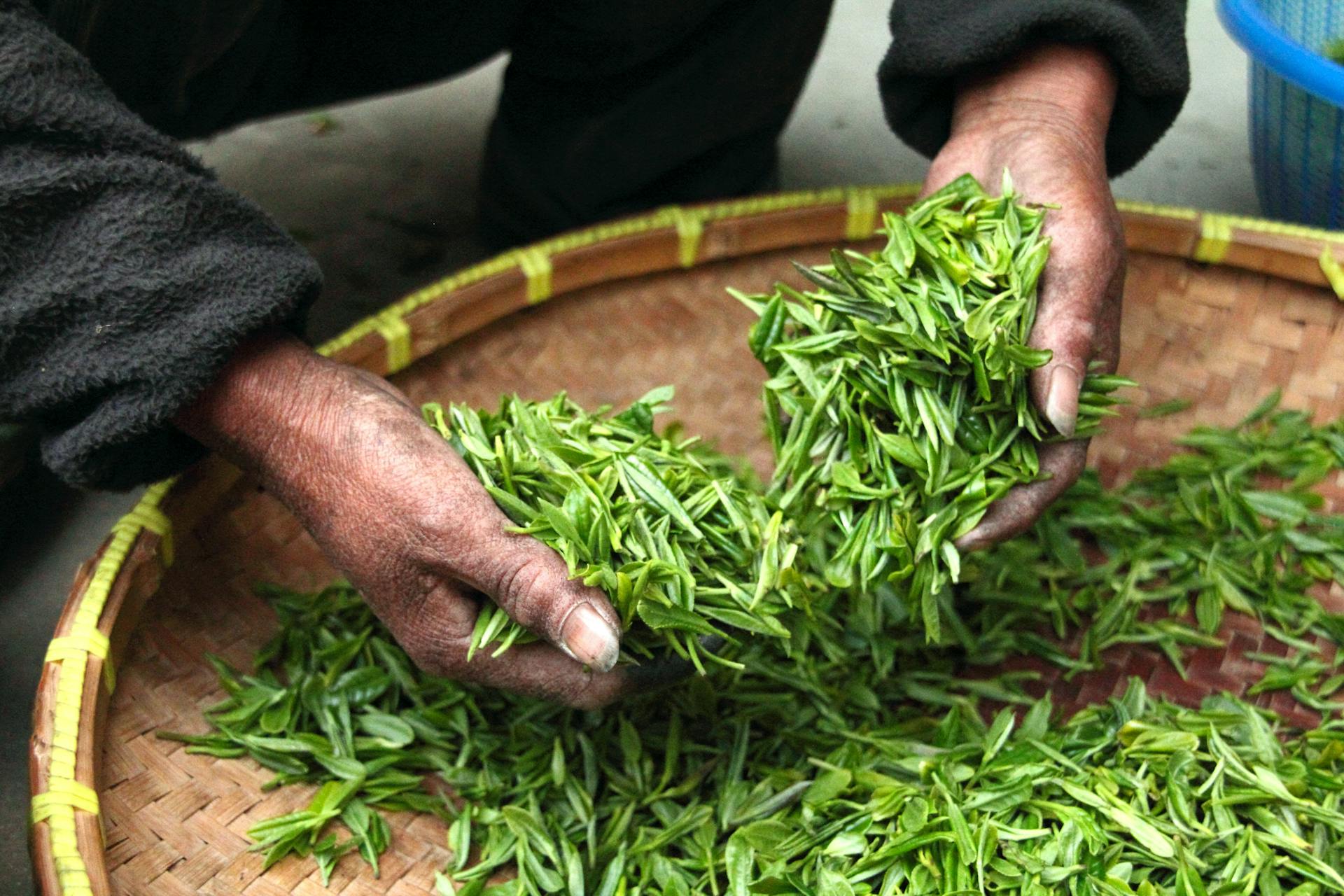
Sorting and processing
After drying, the leaves are sorted and any stems, veins, or coarse parts are removed, as only the finest leaf pulp is used for matcha. This process is often performed by hand by skilled workers to ensure a high-quality product and a mild flavor.
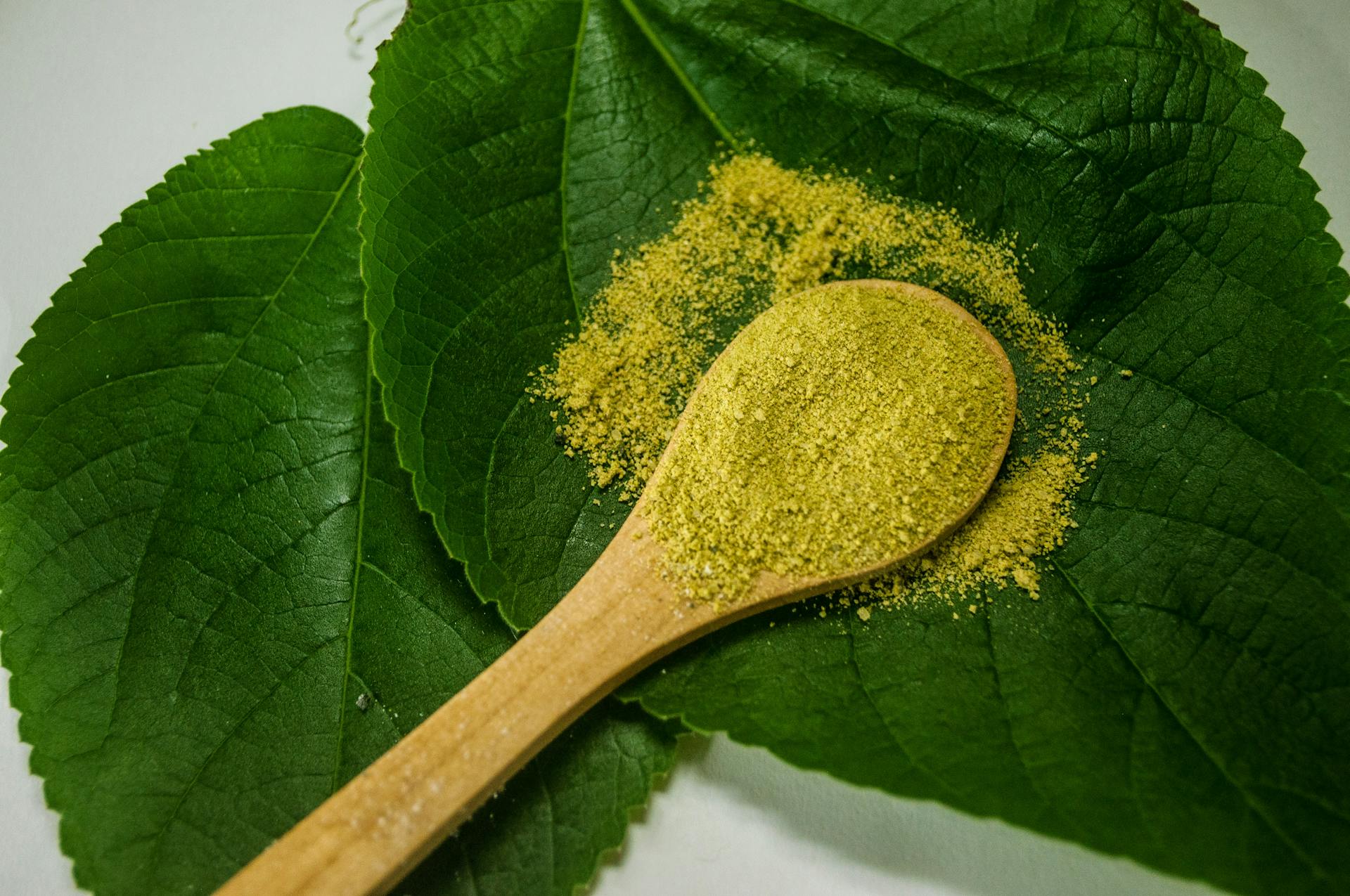
Stone grinding
The final step is grinding the tea leaves into a fine powder. In Kagoshima, a granite stone mill is traditionally used for this purpose. The grinding process is slow, as the mills can only produce about 30 to 40 grams per hour to avoid overheating, which could impair the flavor and color of the matcha. This ultimately gives the matcha its incomparable taste and vibrant color.
Try our high-quality organic matcha powder with a high antioxidant content and see for yourself.
Matcha Baby Shop
